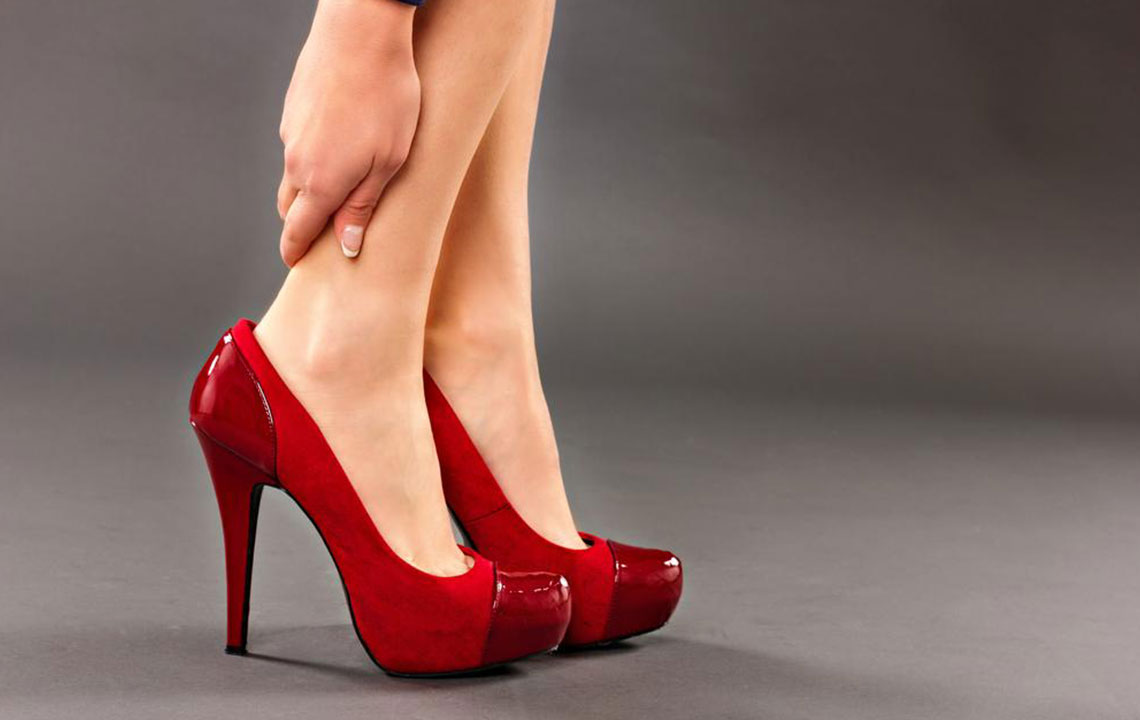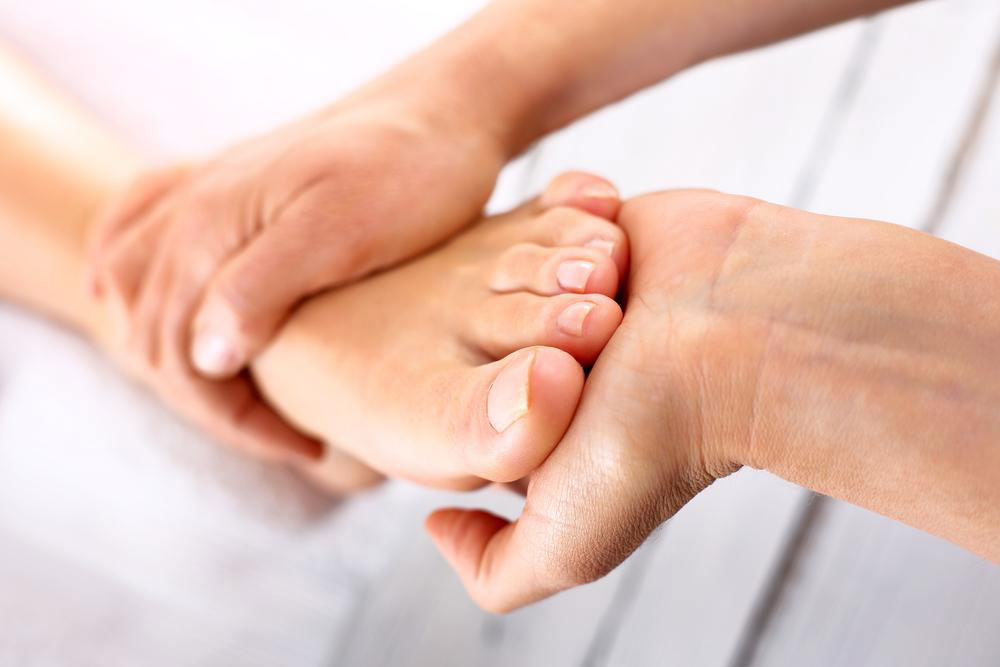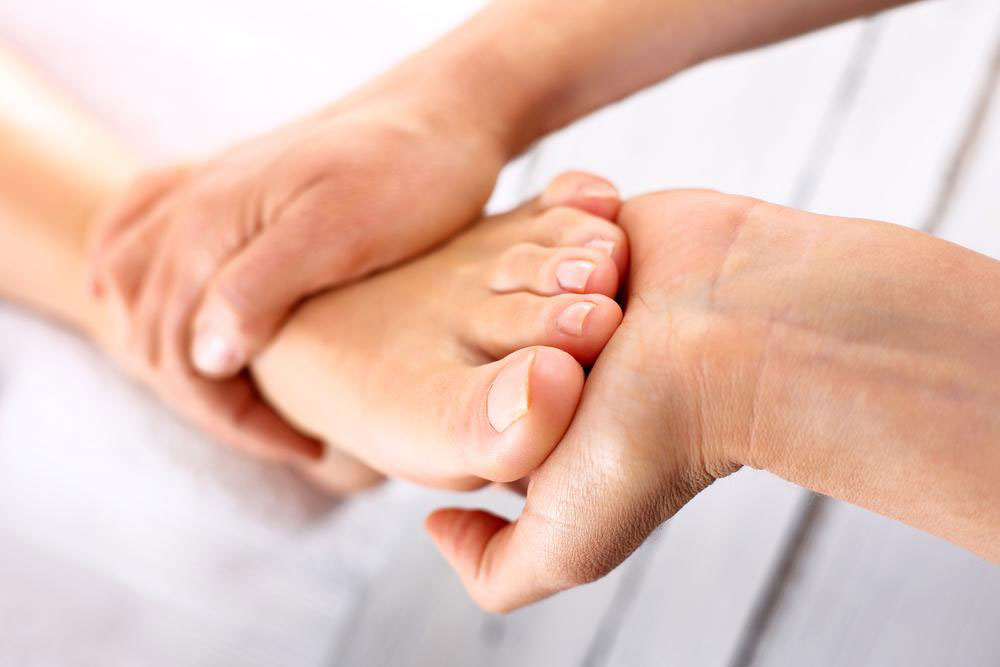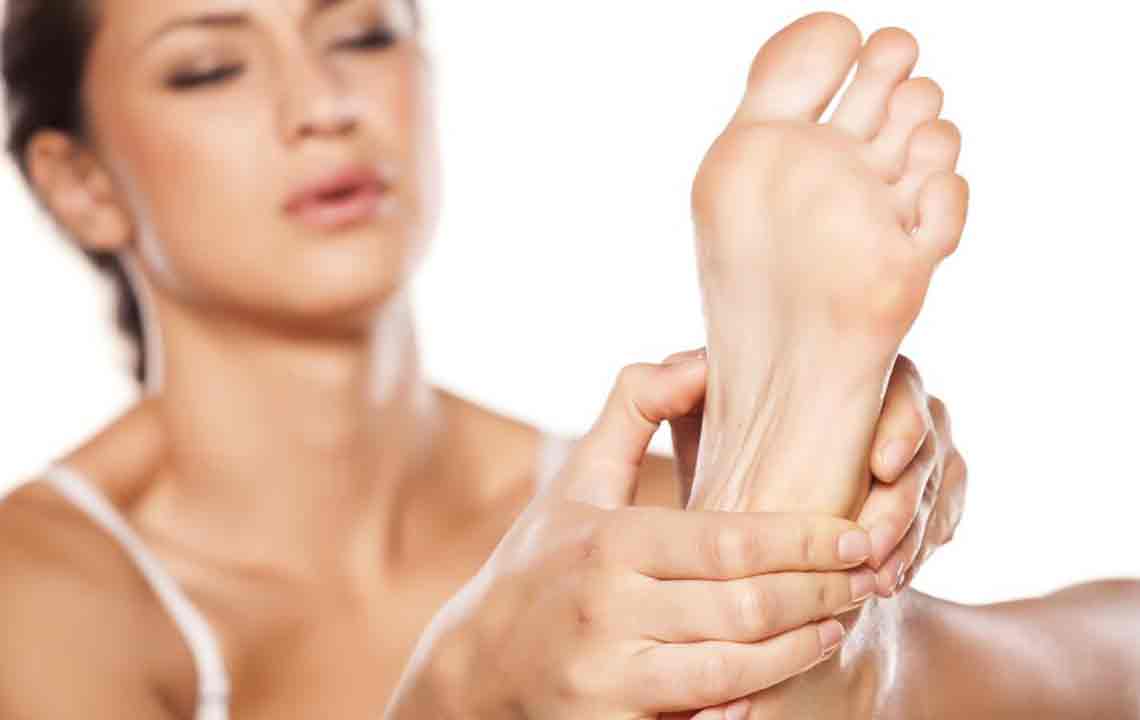Understanding Heel Pain: Causes and Effective Home Remedies
Heel pain is a common issue caused by various conditions like plantar fasciitis, Achilles tendinitis, and bursitis. Proper diagnosis and simple home remedies such as rest, supportive footwear, ice, stretching, and massages can provide effective relief. This article highlights causes and practical ways to manage heel discomfort, promoting quicker recovery and prevention of future episodes.
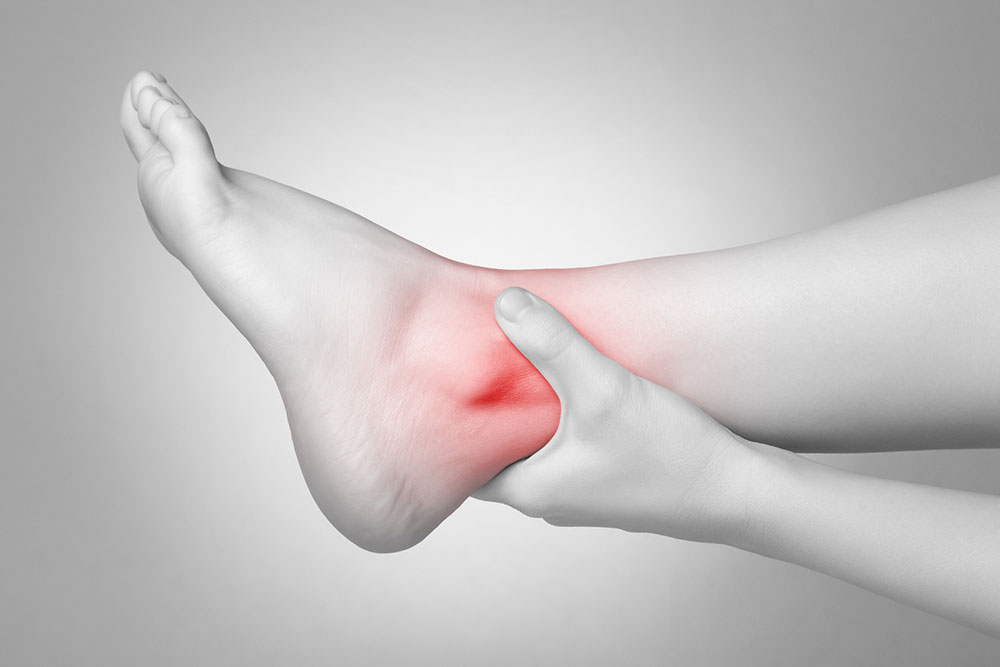
Understanding Heel Pain: Causes and Effective Home Remedies
Heel discomfort is a widespread issue with multiple potential causes. Accurate diagnosis is essential to ensure proper treatment focused on the root issue. Recognizing the specific cause enables more precise therapy, promoting quicker recovery and helping prevent future episodes. Below, we explore common reasons behind heel pain and simple home strategies to alleviate the discomfort.
Common Causes of Heel Pain
Heel pain can result from injuries like fractures or sprains. More often, it stems from medical conditions such as:
Plantar Fasciitis - In this condition, the plantar fascia ligament, which runs from the heel to the toes, becomes inflamed, causing pain on the heel's underside.
Achilles Tendinitis - Overuse or strain on the Achilles tendon, connecting calf muscles to the heel, can lead to degeneration and intense pain at the back of the heel.
This condition may cause the tendon to deteriorate over time.
Bursitis - Bursae are fluid-filled sacs around joints. Inflammation here leads to severe foot pain, especially in the heel area.
Stress Fractures - Repetitive impact activities, like running, can weaken bones, resulting in tiny stress fractures due to constant pressure.
Tarsal Tunnel Syndrome - Similar to carpal tunnel syndrome, this condition involves compression of the tibial nerve within the tarsal tunnel in the ankle, causing significant heel pain.
Arthritis - Osteoarthritis and other joint diseases can also cause heel discomfort by affecting the foot joints.
Home Remedies for Heel Pain
Heel pain can disrupt daily life, but several simple home treatments can provide relief. Using NSAIDs, splints, or traditional remedies may help depending on the cause. Here are some effective methods:
Rest and elevate - After physical activity, resting your feet and elevating them improves blood flow and alleviates pain.
Wear appropriate footwear - Avoid high heels and flip-flops. Opt for shoes that fit well, support the arches, and cushion the heel to reduce stress on the plantar fascia and Achilles tendons. Consulting a specialist for footwear advice is recommended.
Apply ice packs - Cooling the affected area with ice helps reduce inflammation and pain. Use an ice pack or roll frozen water bottles under your feet for a few minutes.
Stretching exercises - Gentle stretches for the calves and feet can ease tension. Stand facing a wall, place your hands on it, bend one knee forward, and stretch the heel and calf muscles, holding for seconds. Repeat with the other leg.
Foot massage - Massaging the heel with warm oil, such as coconut or olive oil, can relieve tension. Use your thumbs to press and knead from heel to toes.
Omega-3 supplements - Fish oil rich in omega-3s may help reduce inflammation and pain. Consult your doctor before starting supplements, especially if you take blood thinners or have other health conditions.
Epsom salt soak - Dissolving Epsom salt in warm water and soaking your feet for 15 minutes can alleviate pain. Massage gently afterward for added relief.
Support devices - Using orthotic inserts or night splints can keep your feet in gentle stretch, reducing muscle tightness and supporting arches, especially beneficial for plantar fasciitis and Achilles tendinitis.
Important Note: The information shared is for educational purposes and should not replace professional medical advice. Always consult a healthcare provider for an accurate diagnosis and tailored treatment plan. The website cannot be responsible for any discrepancies or missed information compared to medical opinions or new developments.


